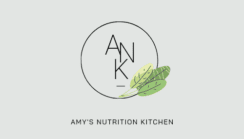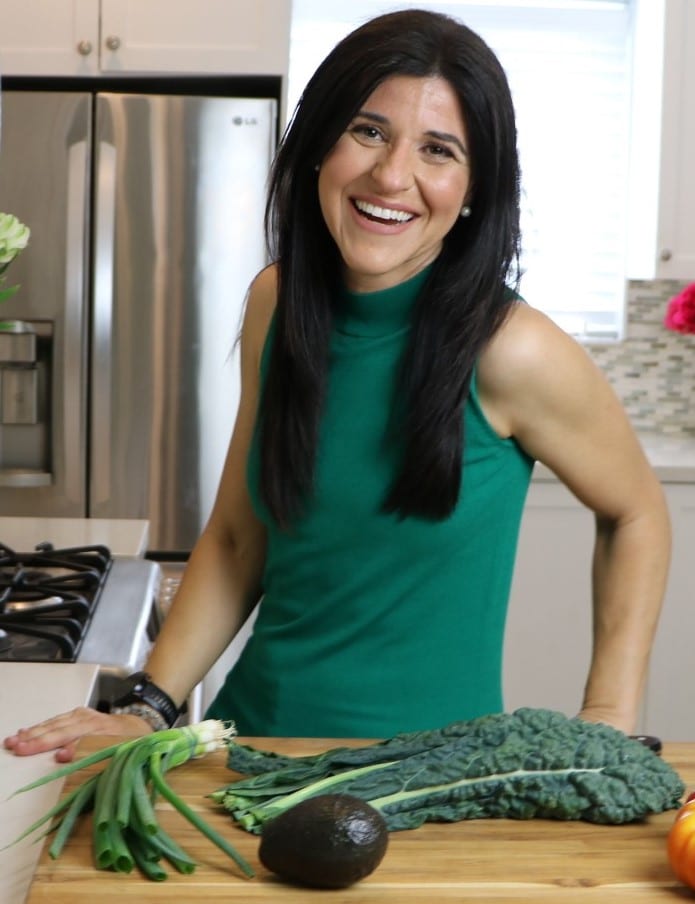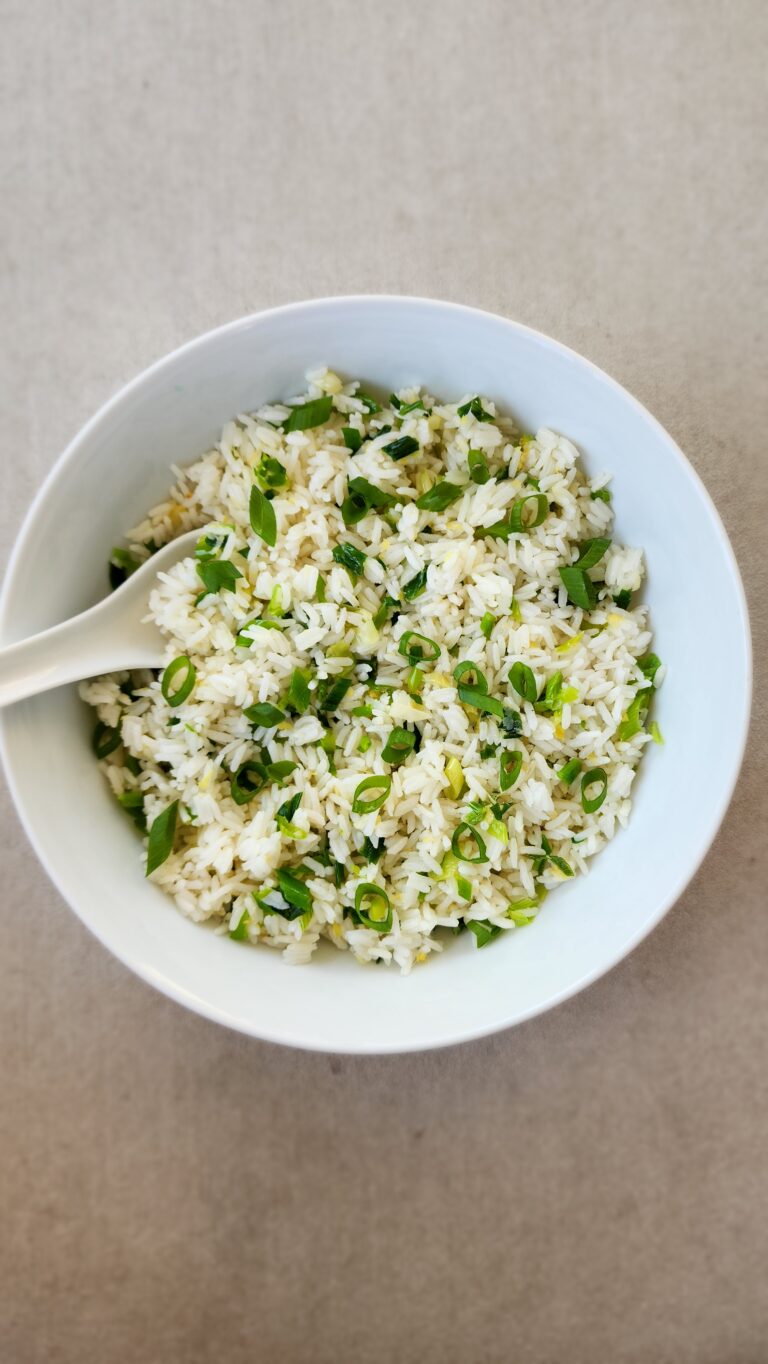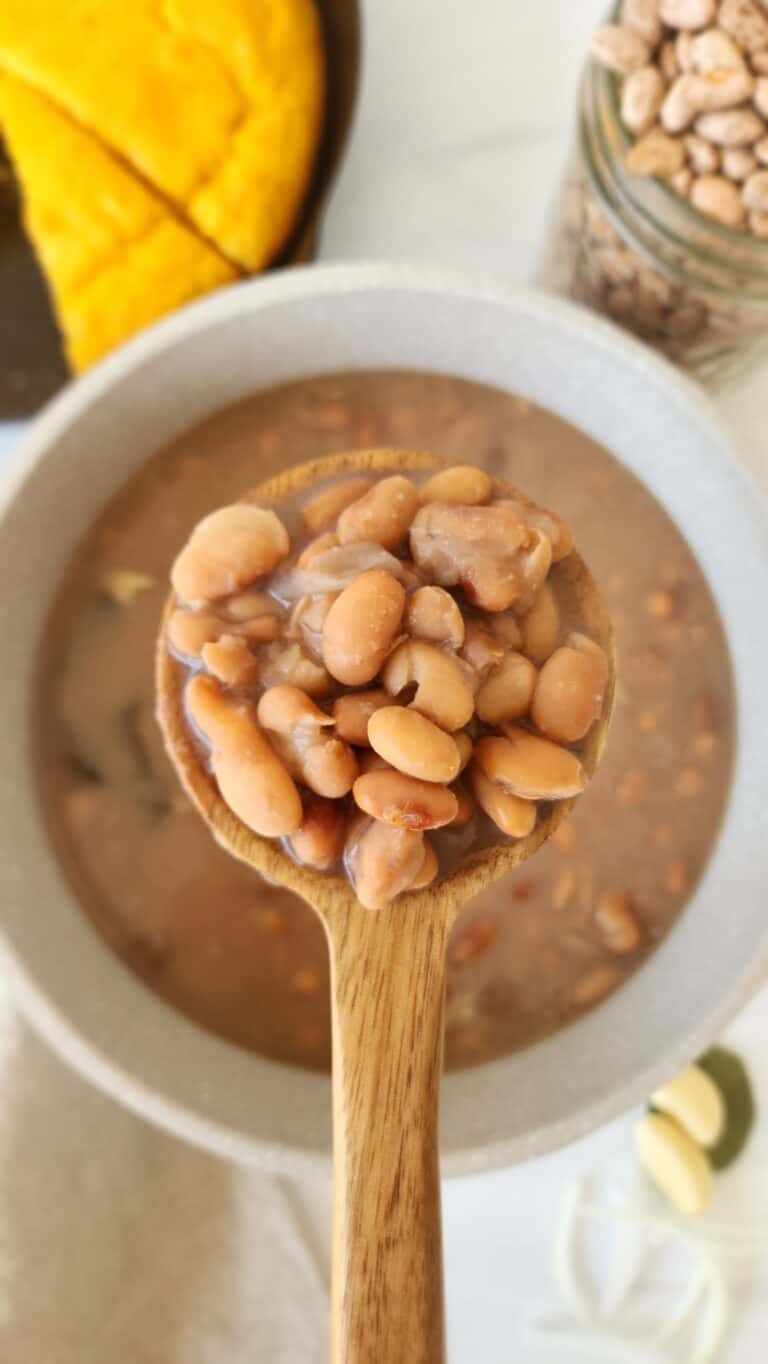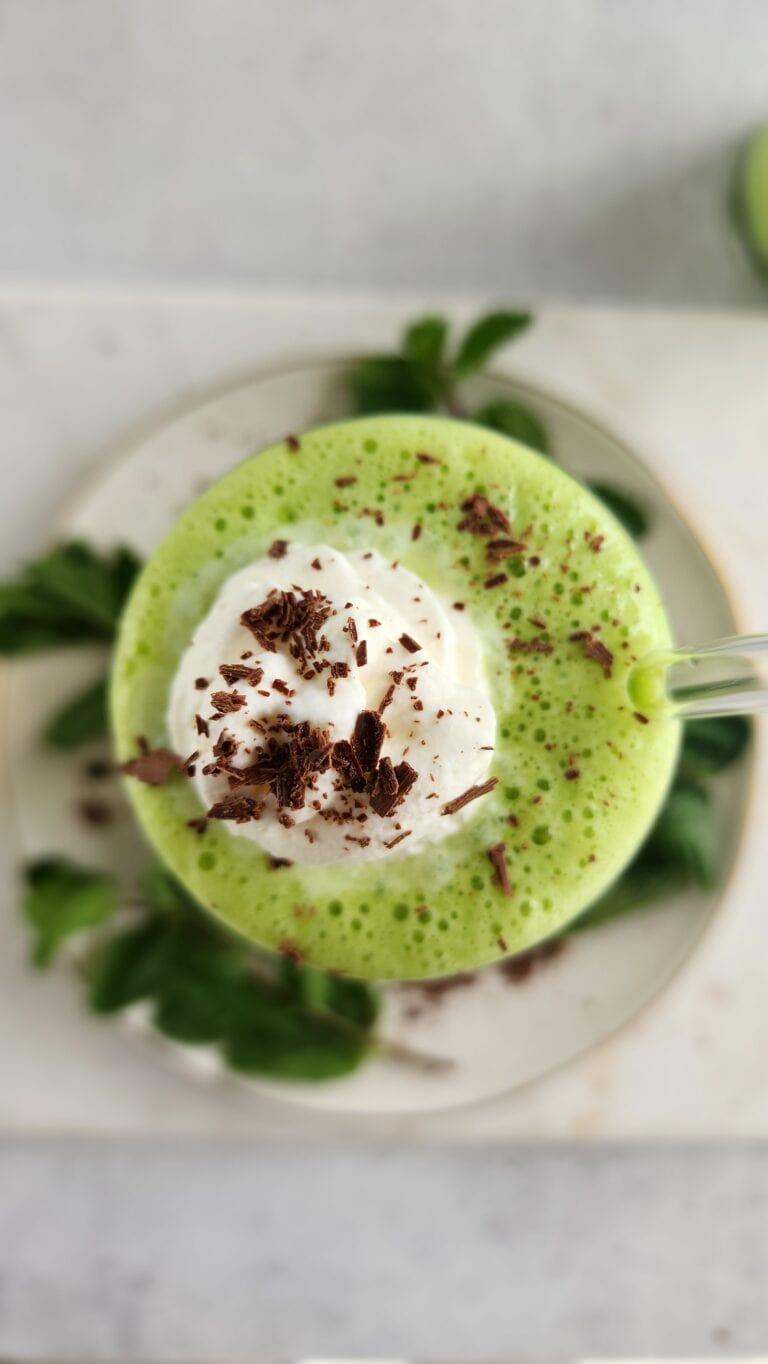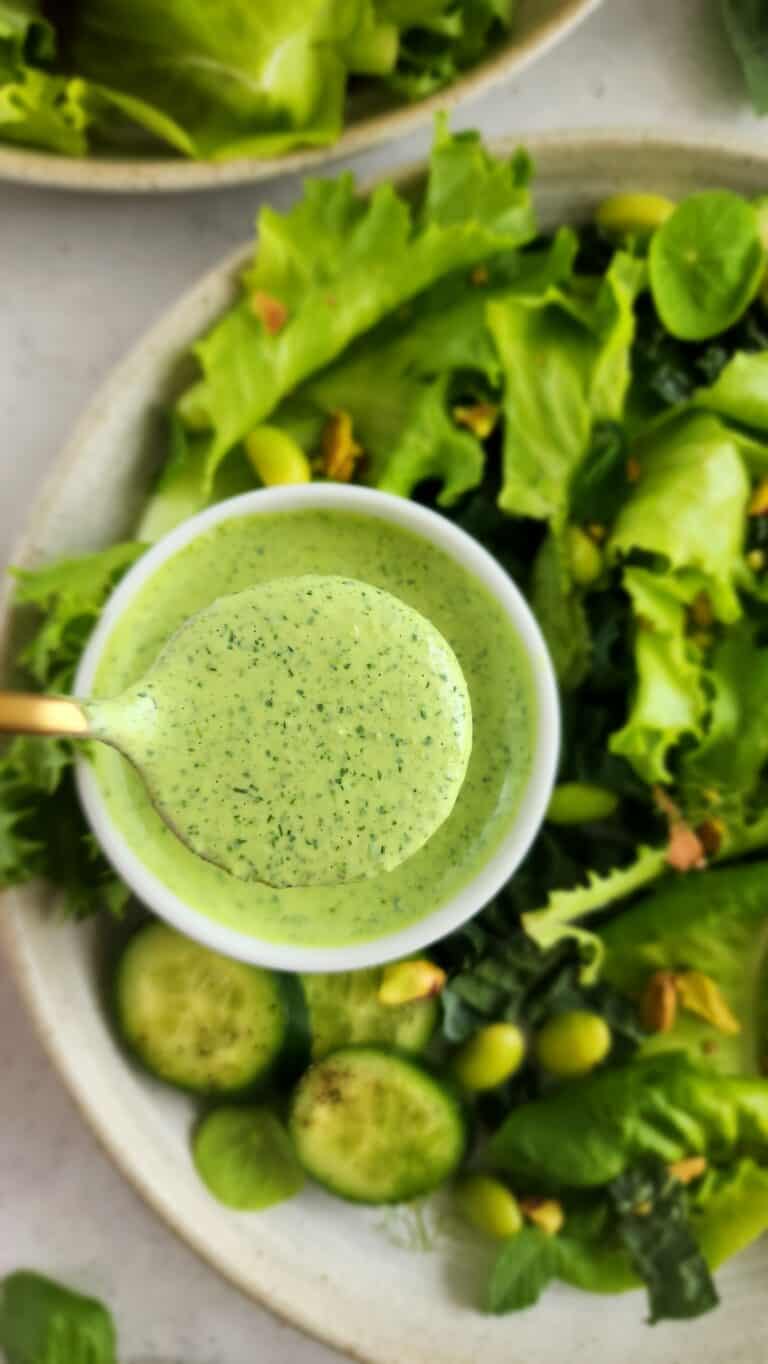November is Diabetes Awareness Month. My last blog was all about knowing your numbers. You can read about it here. I can’t stress to you enough about knowing your numbers, it really is the first step in prevention. Going to the doctor can be daunting, but it’s more important to know where your numbers are at (for diabetes, heart disease, that’s why they’re called check-ups!) and concurrently make changes to improve your health. I hear a lot of people that say, “I’m just going to eat what I want and enjoy life.” My response always to them is that the food I eat not only is healthy BUT also tastes good, why else would I be eating it?
The truth is you need to start where you are at and implement one change at a time. It really is that simple. Make too many changes all at once? Odds are you’ll slip back into your old habits. Our goal is to implement healthy habits for life.
Thanksgiving was this past week. The holidays are here and amongst us! I helped contribute to an article for work about “Eating Healthy for the Holidays“. It’s been thought that many people gain more weight than they really do over the holidays. However, the weight that people do gain – between 1-2 pounds – is often times not lost. So over the years gaining 1-2 pounds each year can really add up. You can read more about my tips in the article here, about how to prevent this weight gain. Keep in mind that the holidays are a time to spend with family and friends and while food is often times the focus, try finding alternative activities to do that aren’t solely focused on food – pick a fun activity/exercise to do together – museum, park, play, beach (it is currently 81° here in the MIA).

The holidays can be stressful – lots of activities that require time management, financial stress, and it also involves spending time with loved ones, which let’s be honest can be stressful, so exercise is helpful for staying active as well as having an outlet for stress. It’s a win win!
The CDC released a report that stated that 1 in 10 Americans are eating the recommended amount of fruits and vegetables needed daily: 1 1/2 cups of fruit and 2-3 cups of vegetables (depending on age and gender). 1 in 10? I’d like to think we’re doing better as a country, but when they release studies like this it only validates my job that much more. I believe there are a number of reasons why people are not getting the recommended amount and one is definitely lack of access (and affordability). We have to do better and have kale on sale for “2 for $3” or else people are buying the chips that are the same price. Additionally I believe people don’t always know how to cook their vegetables and if people don’t know how to cook them, then they definitely aren’t eating them (don’t get me started on how little restaurants offer them as well. It’s like a mission to get a salad with dinner without having to pay SO much extra!) It’s the common theme I keep repeating on the blog – start where you are at. If you are eating little to no vegetables, start including a salad at meals. It might be the simplest way to begin to include vegetables and it doesn’t require cooking. From there? keep finding ways to try and experiment with a new vegetable. Just whatever you do, don’t start juicing or making smoothies – I need you to chew your food – juicing and smoothies might just be the worst trend ever. Read about it here.
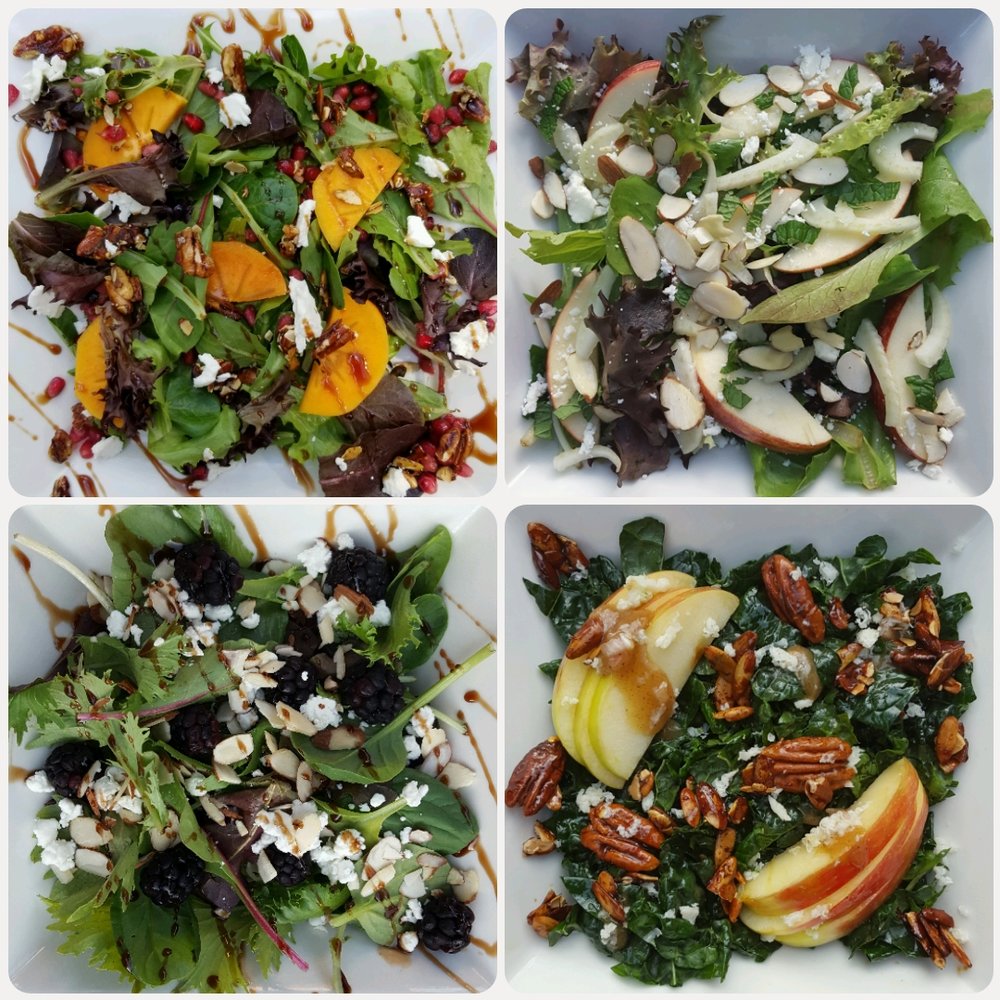
I’ve shared about this before on the blog, but for those new to reading my blog I’ve challenged myself to make everything homemade (for the most part). From homemade marshmallows to homemade pestos, I’m making everything homemade. The one area though that still is not completely homemade – bread/crackers/pie crusts, etc. I’ve dabbled in making bread before and it isn’t too difficult (yes it takes time and patience) but it’s definitely something that with more practice starts to come easier. I knew I needed to get back into the swing of making more homemade breads (bread does freeze, so there’s really no excuse)!
I’ve seen so much recently about sourdough starters, I figured if I’m making things homemade, I might as well try to start literally from the ground up. I wanted the challenge to see if I could really get a starter going. The craziest part of it all? It literally is just water and flour. The fermentation happens all on it’s own over time and with a little feeding. Now for background knowledge, I do happen to kill all things green (plants), so I was a little worried that I’d be able to get the starter going and then it would just fizzle. I’ve been reading Artisan Sourdough Made Simple by The Clever Carrot to help give me guidance and while I’m only into week 2, so far so good! I should probably read a little more into her tips, but once I got the starter past week one and I made my first loaf I felt accomplished. Into week two now and I have had an issue with “hooch” aka I need to feed my starter. Again, I should read more of her tips. I am not an expert, yet. But it has inspired me to get a Dutch-oven – probably should’ve already had one at this point in my cooking career, but I opted to make a bread in a 9×5 pan this week. I didn’t realize the bigger the pot the more air there is for the bread to breathe, hence why my 1st loaf was quite small. And if I’m investing, I should probably get a bread cutter, because if I’m baking bread I might as well have a cute design on the top. You know I’m right.
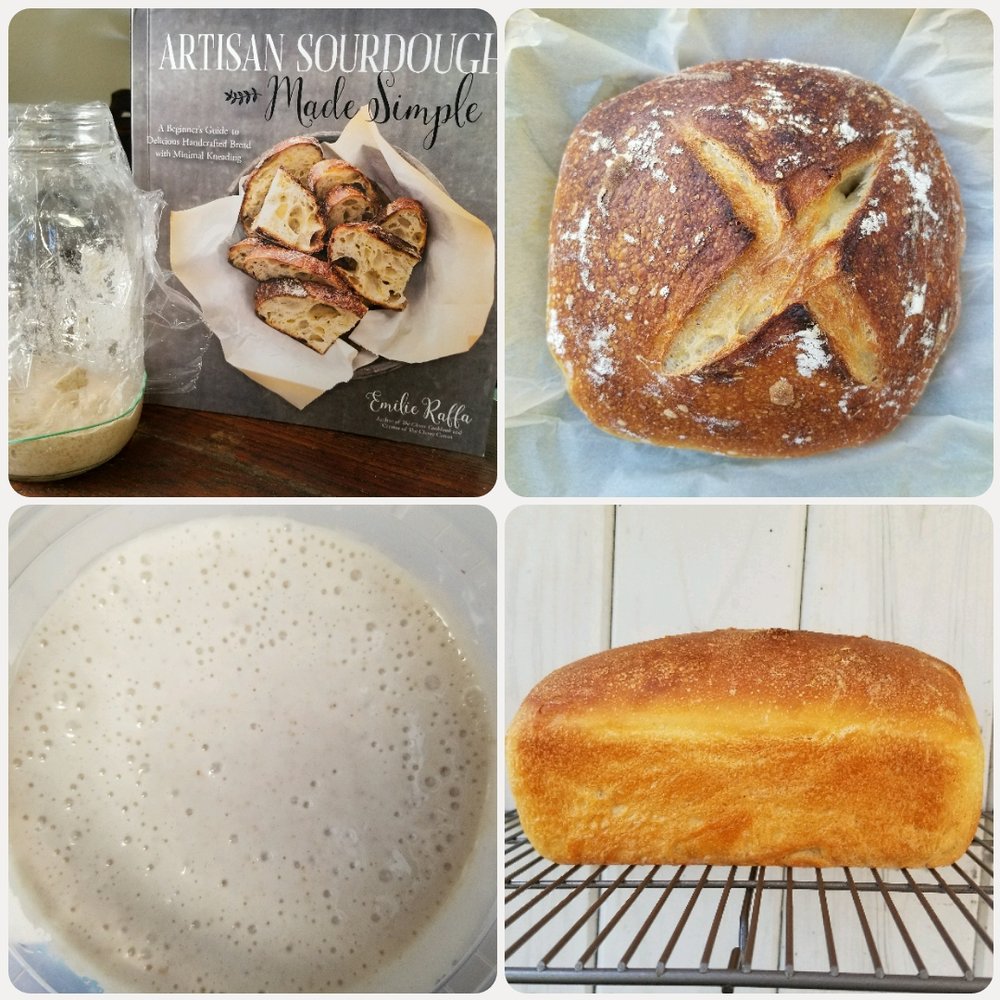
While November is coming to a close, Diabetes Awareness Month isn’t just the month of November. I worked for 3 and a half years with an emphasis in diabetes. Now more than ever we have to create awareness through education because the stats are staggering – it’s estimated that 1 in 3 people by 2050 will have Type 2 diabetes. Yes, awareness needs to be spread.
Type 1 Diabetes does not always get as much attention as Type 2 Diabetes does as it doesn’t effect as many people. It is a chronic autoimmune condition characterized by a pancreas that is not able to produce insulin, a hormone that’s necessary for vital life functions. The condition is often misunderstood by many and those that have been given the diagnosis are left to deal with the diagnosis. I’ve counseled many patients with Type 1 Diabetes on how to carb count, basal/bolus insulin therapy, CGMs, etc. But the one thing I often felt at a loss in how to help – was in dealing with the diagnosis. If you know someone that has recently been diagnosed with Type 1 Diabetes, have them read this article. If you are someone living with Diabetes and have had a hard time dealing with the diagnosis, read this article. And if you are someone that doesn’t know anything about Type 1 Diabetes, read this article. It will forever change your life. I know it did mine. Click to read article here.
